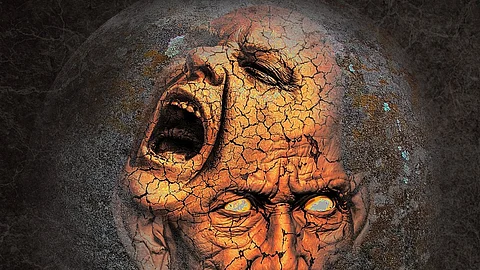Descartes said pain is produced by a direct, straight transmission system from injured tissues in the body to a pain center in the brain. This theory dominated pain studies and therapy till 1965 when Melzack proposed an alternative.
The Pain Gate Theory proposed by Ronald Melzack and Patrick Wall in 1965, explains how our nervous system processes and modulates pain.
The Pain Gate Theory suggests that pain is not solely a result of physical injury but is also influenced by how our nervous system interprets and modulates signals. According to this theory, a "gate" mechanism in the spinal cord blocks or allows pain signals to travel to the brain.
The dorsal horns of the spinal cord function like a gate, either inhibiting or facilitating the transmission of signals from the body to the brain. This process is influenced by the diameter of the active peripheral fibers carrying sensations and the dynamic interplay between peripheral and central nervous system actions.
Large nerve fibers help us feel touch and pressure while small nerve fibers help us feel pain and temperature. The large fibers quickly convey information while the small fibers are slow.
Psychological factors, including past experiences, attention, and other cognitive activities, play a crucial role and have been integrated into contemporary research and theories on pain perception and modulation.


